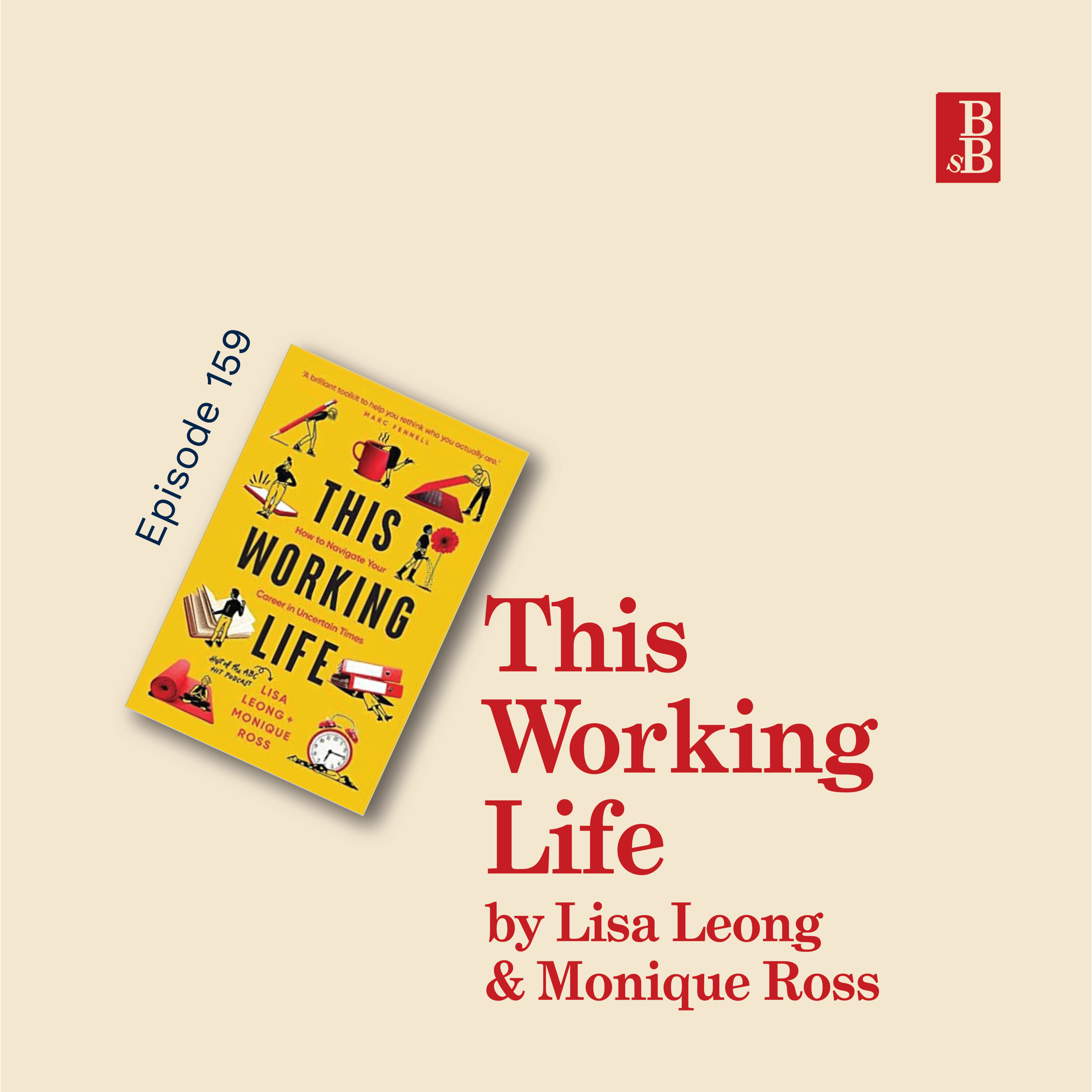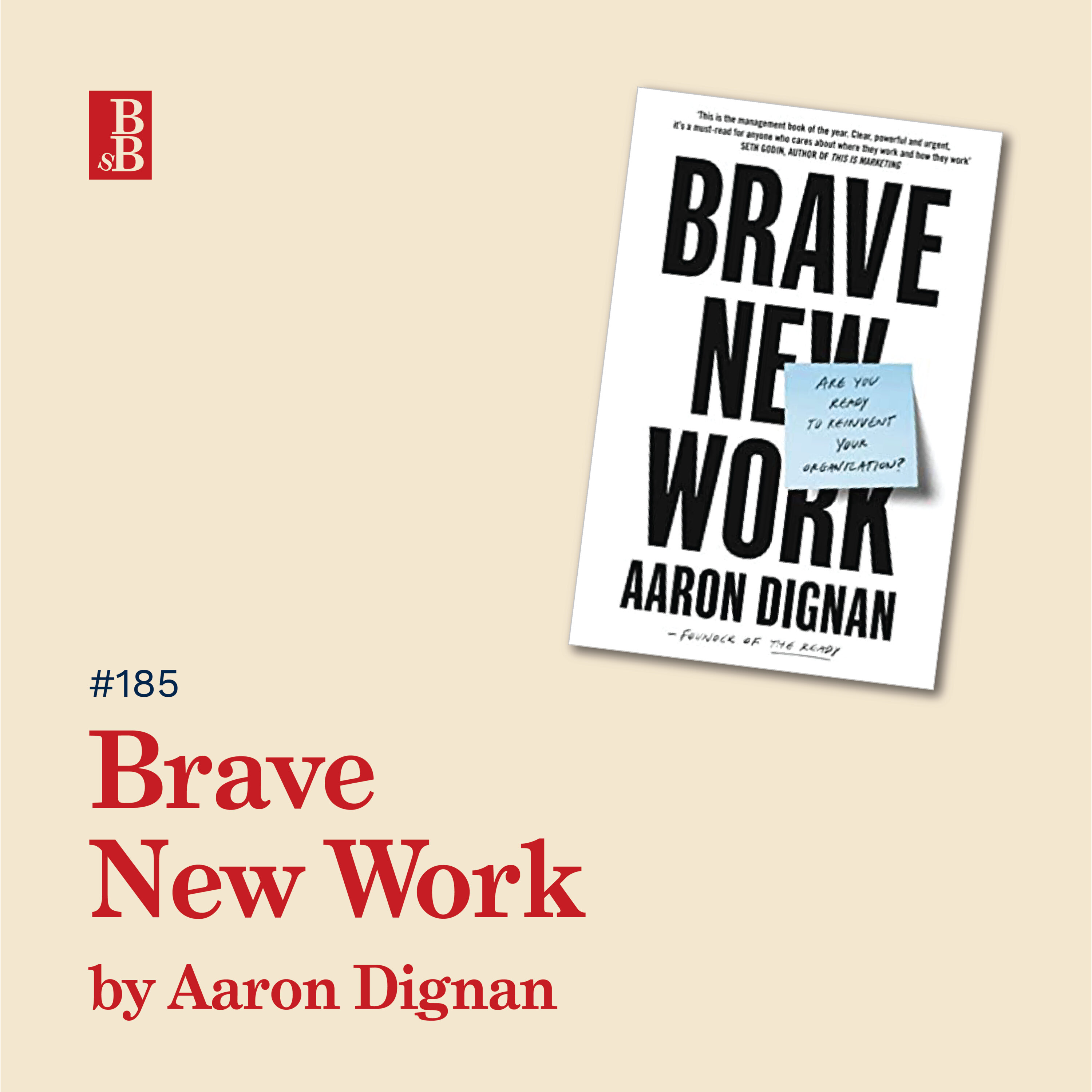Think on Your Feet by Jen Oleniczak Brown: How to use improvisation for better communication
Sign up to the bookmark newsletter:
https://mailchi.mp/1119b1358a84/thebookmark
About the Author
Jen Oleniczak Brown is the founder of The Engaging Educator (EE), a women-owned and operated company dedicated to helping people find their unapologetic, authentic and best voice, communication style and self through improv-based education.
Since 2012, EE has served over 50,000 students, working with such companies as Viacom, Food Network, The New York Times, Saks Fifth Avenue and CBS.
Aside from her entrepreneurial endeavors, Jen has done three TEDx talks on the power of improv, including one TEDxWomen on uplifting and elevating women.
A firm believer in the idea that Yes, And can change the world – so firm it’s tattooed on her arm, Jen’s personal mission is to empower as many women as possible to stop playing small and know their incredible supernova powers. She currently lives in Winston Salem, NC with her husband Alex, dog Drumstick, and about two-dozen houseplants.
Source: https://theengagingeducator.com/wp-content/uploads/2019/09/Press-kit-THINK-ON-YOUR-FEET.pdf
Click here to buy on The Book Depository
https://www.bookdepository.com/Think-on-Your-Feet-Jen-Oleniczak-Brown/9781713524946 /?a_aid=stephsbookshelf
About the Book
Our professional lives are full of situations outside of our control. A job interviewer asks a question out of left field. A coworker puts you on the spot in front of the boss. Your PowerPoint presentation crashes at a critical moment.
Most people react to the unexpected with anxiety and unease. We get rattled, stumble over our words, and overthink the situation. Others, though, handle it with self-assurance and aplomb. They gain a sense of empowerment and energy when the pressure is on.
Like great improv actors, they’re able to think on their feet.
The great thing is, improv isn’t about winging it or flying by the seat of your pants; improv at its core is about listening and responding. It’s based on rules and techniques, and it taps directly into your soft communication skills.
By incorporating it into your prep work for professional situations, you’ll learn how to retrain your brain for the unexpected and get out of your own way in those unexpected―and expected―professional situations. Practicing improv isn’t about being
funny. Instead, it’s about developing the mental agility to spin any surprise in your favor and to communicate with confidence.
Source: https://theengagingeducator.com/think-on-your-feet/
Links
Find out more about the improv classes that Jen’s company runs here
https://theengagingeducator.com/about-ee/
Watch Jen’s TEDx Talk here: https://www.youtube.com/watch?v=2yNb5Dhfguw
BIG IDEA 1 (5:44) – Improvisation equals preparation.
It’s easy to think that improv is all about ‘the moment’, but thinking on your feet is only really possible with enough preparation.
Preparation might be a mix of knowing what’s coming up, knowing your audience, and ideas on the potential things that can happen so that you can think on your feet in the moment. The techniques to start and maintain a conversation (important in any type of communication) are all based on listening and responding.
One example of an improvisation technique is called SIT-PROB-SOL – situation, problem, solution. It is talking about the situation, the problem and how you or your team became a part of the solution. It’s great when used in interviews to concisely share your experience and stay on point, rather than disappear on a tangent.
BIG IDEA 2 (8:13) – Need to reflect.
In the book there is constant recurring advice to stop and reflect by asking yourself questions about your own performance. The ‘performance’ can be anything from a small conversation with one other person, a feedback discussion with your team or a presentation to a group. The need to reflect is critical to getting better.
By reflecting it allows us to ask much more objective feedback on what we could do better. It also means we know what elements to practice. You can practice some of the improv techniques in the book to help with more formal communication with your friends or colleagues and use it into the situation that you expect going to be into.
BIG IDEA 3 (10:24) – Improvise to collaborate.
One part of the book is about collaboration and how you can use improv techniques to build creativity and teamwork. This is around the concept of feeding each other’s ‘gifts’. A core principle of improv is that everytime you ask a question or respond to someone, you are actually giving the other person a gift (and they are giving you one in return). So we need to avoid dropping the gifts (or stopping the conversation).
In the book, Jen also talks about using questions effectively by using open-ended questions. She goes as far to say that these are the only types of question we should be asking in a professional context. It is a great way to keep the conversations running to help teams think more creatively or collaborate in a better way.
The improv technique of ‘yes, and’ is also a powerful one for helping teams think beyond the barriers they face. It can effectively be used in a meeting or workshop to build on ideas to find solutions or new angles, rather than endless roadblocks.
Music By: Take It to the Top – Instrumental Version Song by Ofrin
Let’s Connect
LinkedIn: www.linkedin.com/in/steph-clarke
Instagram: @stephsbizbookshelf
Enjoying the show?
Please hit subscribe so you don’t miss an episode and leave a review on iTunes to help others find us.
See omnystudio.com/listener for privacy information.
Hey, have you subscribed to the bookmark newsletter? If you liked this, you might like my twice-monthly email with book reviews and ideas of what you should be reading, and listening to, next. Click here to subscribe.

















